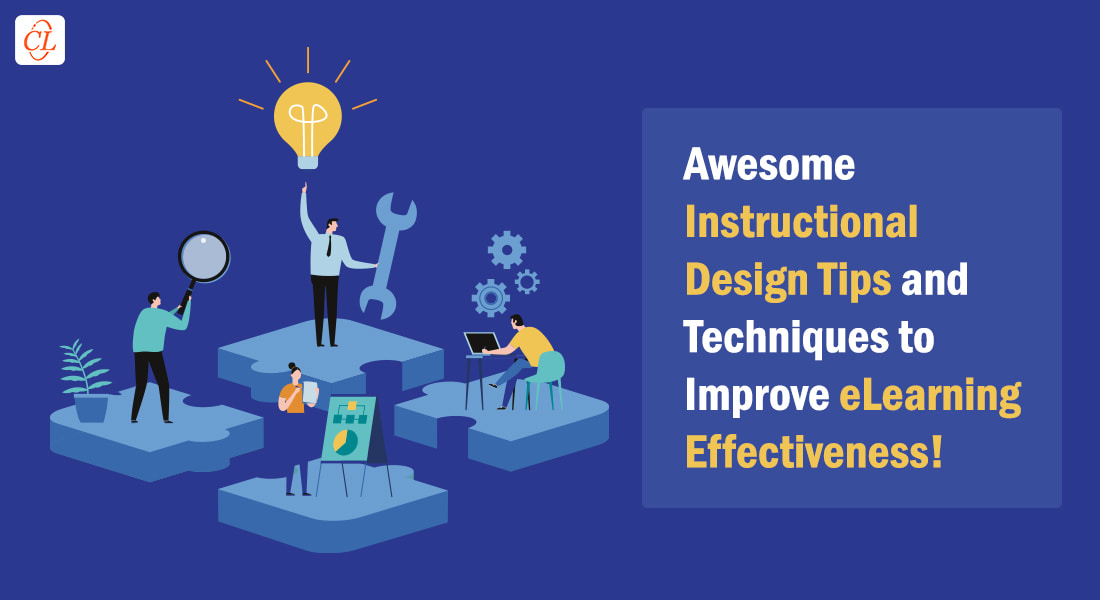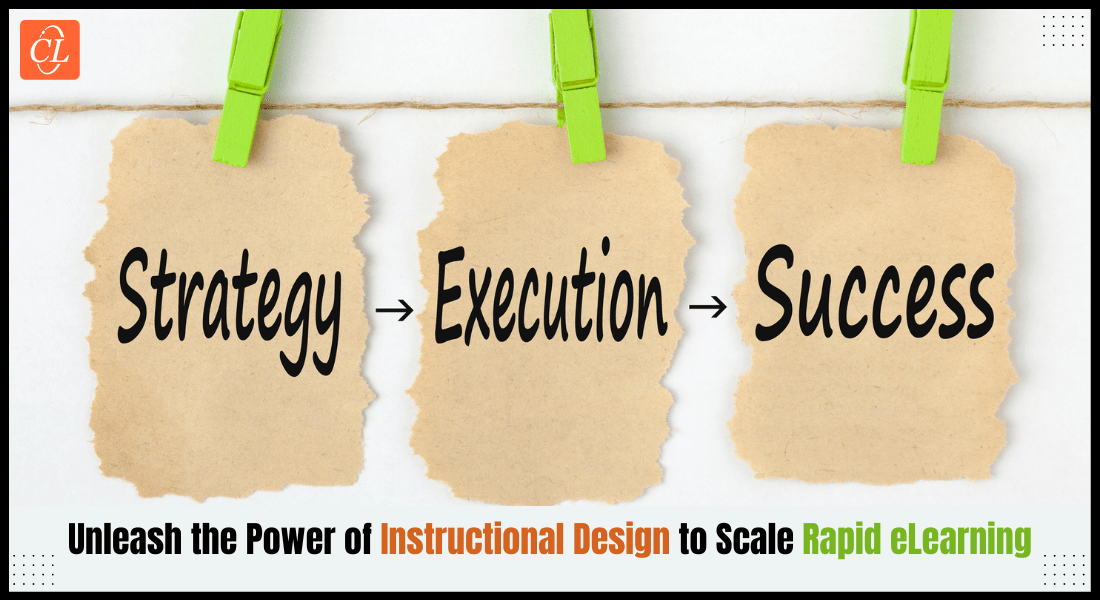E-learning Instructional Design Approaches – Dick & Carey

There are many approaches to Instructional Design, also known as Instructional Systems Design (ISD). This article summarizes the approach as set out by Dick & Carey:

The steps are designed to be implemented linearly, but revisions should be iterative and many tasks can be implemented in parallel. The model is described in Dick & Carey’s classic textbook “The Systematic Design of Instruction. Here is a quick summary of the approach:
1. Identify Instructional Goal(s)
A needs assessment is conducted; this examines the job or task in order to define the goal(s). An example goal is “drive a motor vehicle safely and legally from A to B”.
2. Conduct Instructional Analysis
This analysis identifies everything that the learner must know or do (perform) to achieve the goal. Sometimes, attitudes are also included. For example, to drive a motor vehicle safely from A to B, the learner must master many smaller objectives such as manipulate the controls of the vehicle (steering, accelerator, brakes, gear, clutch, indicators, lights, wipers etc.), apply the rules of the road, respond to road signs, navigate, and so on.
3. Analyze Learners and Contexts
This analysis identifies the characteristics of the target audience as they relate to the instructional goal. This defines prior skills, prior experience, and basic demographics; the step defines the context and settings for the performance and learning. This step is important because the instructional experience (typically a course) designed for a new teenager without driving experience would be quite different from that designed to refresh more experienced drivers on road safety.
4. Write Performance Objectives
This step defines the required performance based on the analysis of the task and the background of the learners. This is the list of learning objectives to take the target audience from their current knowledge, skills and attitudes to those desired to achieve the goal. Objectives consist of a description of the behavior (e.g.,identify and respond to road signs), the condition (e.g.,in a simulated environment or in a real vehicle) and criteria (e.g.,mastery in accordance with driving regulations). These learning objectives will be used to create instructional experiences and assessments and to judge the learner’s performance.
5. Develop Assessment Instruments
This step develops the assessments and tests that will check whether the required performance objectives have been achieved by the learners. Examples could include a multiple-choice theory test on traffic regulations, a practical driving test in a simulator, and/or an evaluation in a real vehicle on a real road supervised by a driving examiner. It is good practice to define and develop these assessments prior to developing the instructional materials.
6. Develop Instructional Strategy
This step develops the broad flow of the instruction, including any pre-instructional activities, presentation of learning context, learner participation, and use of learning activities, assessments and tests.
7. Develop and/or Select Instructional Materials
This step is the actual development of all instructional materials, or the selection of instructional materials (it may be more cost effective to purchase, commission or re-use any existing materials than to develop new instructional material from scratch).
8. Design and Conduct Formative Evaluation of Instruction
In this step, instructional designers try out and evaluate the instructional materials and assessments (while they are being designed/developed, or “formed”). This is done in order to identify and correct any portion that needs improvement as cost-effectively as possible. This is normally done with a subject matter expert and/or a small group of typical learners.
9. Revise Instruction
Instructional designers revise all portions of the instruction that require improvement. This is done progressively and iteratively during design and development for all of the previous steps. A common revision is to improve poor test items (e.g., test questions that are confusing and which most participants are likely to get wrong), and parts of the curriculum that don’t explain things well enough.
10. Design and Conduct Summative Evaluation
Once the instructional materials are launched and are being used by the target audience, a broader “summative” evaluation is performed to verify how well the overall goal has been achieved. All steps of the instructional design process are re-visited as needed to increase the chances of achieving the instructional goal.
Another very practical approach to instruction deign is described by William Horton in his book e-Learning by Design. I will summarize this approach in a future blog.





